Hydroponics is a fascinating method of growing plants without soil, instead using a nutrient-rich water solution to deliver food directly to their roots. This innovative approach to agriculture has gained popularity for its efficient use of resources, its ability to produce high yields in limited spaces, and its minimal impact on the environment compared to traditional farming methods.
At its core, hydroponics is about maximizing the potential of plants by optimizing the conditions in which they grow.
Here, we’re going to have a deeper look at what hydroponics is all about.
Understanding Hydroponics
The principle behind hydroponics is simple yet profoundly effective.
In traditional gardening, soil acts as a reservoir for nutrients and water, which plants’ roots absorb gradually. Hydroponics streamlines this process by dissolving nutrients in water, creating a more direct, efficient, and controllable means of nourishing plants.
This direct feeding system can lead to faster growth rates and higher yields because plants can allocate more energy to leaf and fruit production rather than root expansion in search of food.
There are several hydroponic systems, each with its unique method of supporting plants and delivering nutrients.
These include the Wick system, Deep Water Culture (DWC), Nutrient Film Technique (NFT), Ebb and Flow, Aeroponics, and Drip systems. Each system has its advantages, and each of them caters to different plant types, scales of operation, and grower preferences.
Advantages of Hydroponics
One of the most compelling benefits of hydroponics is water efficiency. Hydroponic systems use significantly less water than soil-based gardening because the water in a hydroponic system is recirculated and reused. This makes hydroponics an ideal solution for arid regions or urban settings where water might be scarce or expensive.
Moreover, hydroponics allows for precise control over the growing environment, including nutrient levels, pH balance, and moisture, leading to healthier plants and higher-quality produce.
Since there’s no soil, there are also fewer pests and diseases, reducing the need for pesticides and resulting in cleaner, more organic produce.
Despite its many benefits, hydroponics does come with challenges. The initial setup cost can be higher than traditional gardening due to the need for equipment such as grow lights, pumps, and nutrient solutions.
Additionally, hydroponics requires a certain level of technical knowledge and ongoing maintenance to ensure the system operates efficiently and plants remain healthy.
Ideal Plants for Hydroponic Systems
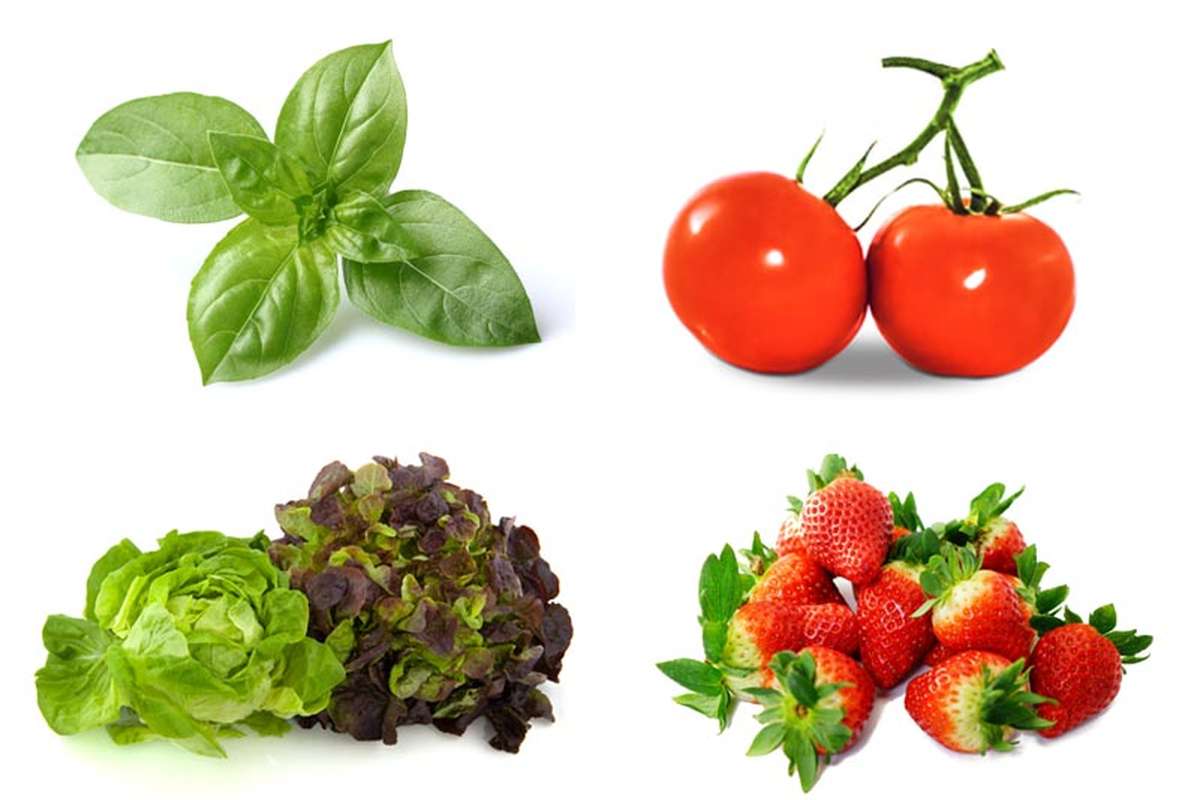
With all that said, not all plants are suited for hydroponic cultivation, but many thrive in this soilless environment. Here are 8 examples of plants that are particularly well-suited for hydroponic systems:
Lettuce
A hydroponic superstar, lettuce grows rapidly in systems like NFT or DWC. Its short roots and love for water make it an ideal candidate for beginners.
Herbs
Many herbs, including basil, mint, and cilantro, flourish in hydroponic setups. They require minimal space and can be harvested continuously for fresh, aromatic additions to meals.
Tomatoes
With their high nutrient and water needs, tomatoes thrive in hydroponic systems, especially in Drip and Ebb and Flow systems. They can produce bountiful yields in controlled environments.
Spinach
This leafy green is another excellent choice for hydroponic gardening. It grows quickly and doesn’t need as much light as some other plants, making it ideal for indoor setups.
Strawberries
Hydroponic strawberries can yield fruit all year round when grown under the right conditions. They’re perfect for vertical hydroponic systems, saving space and producing sweet, juicy berries.
Peppers
From sweet bell peppers to fiery chilies, peppers do well in hydroponic systems, particularly in Drip and DWC systems. They require a bit more care and attention but can be very rewarding to grow.
Cucumbers
Fast-growing and prolific, cucumbers adapt well to hydroponic cultivation, especially in NFT and Drip systems. They need ample space to climb and thrive in warm, humid conditions.
Kale
This nutrient-packed superfood grows exceptionally well in hydroponic systems, especially DWC and NFT. Its resilience and quick growth cycle make it a popular choice among hydroponic gardeners.
Getting Started with Hydroponics
Embarking on a hydroponic gardening journey can be incredibly rewarding. It begins with choosing the right system based on your space, budget, and the plants you wish to grow. From there, it’s about learning the basics of nutrient solutions, pH levels, and system maintenance to ensure your plants thrive.
For those new to hydroponics, starting small with a single-system setup and easy-to-grow plants like lettuce or herbs is advisable. As you gain experience and confidence, you can expand your hydroponic garden to include a wider variety of plants and more complex systems.
Conclusion
Hydroponics is more than just a gardening technique; it’s a sustainable approach to producing food in the 21st century.
Whether you’re a hobbyist looking to grow fresh herbs in your kitchen or an entrepreneur exploring commercial farming, hydroponics offers a versatile and efficient way to cultivate plants.
By understanding the basics and starting with plants well-suited to hydroponic growth, you can embark on a rewarding journey of growing your own food, regardless of where you live or the size of your garden.

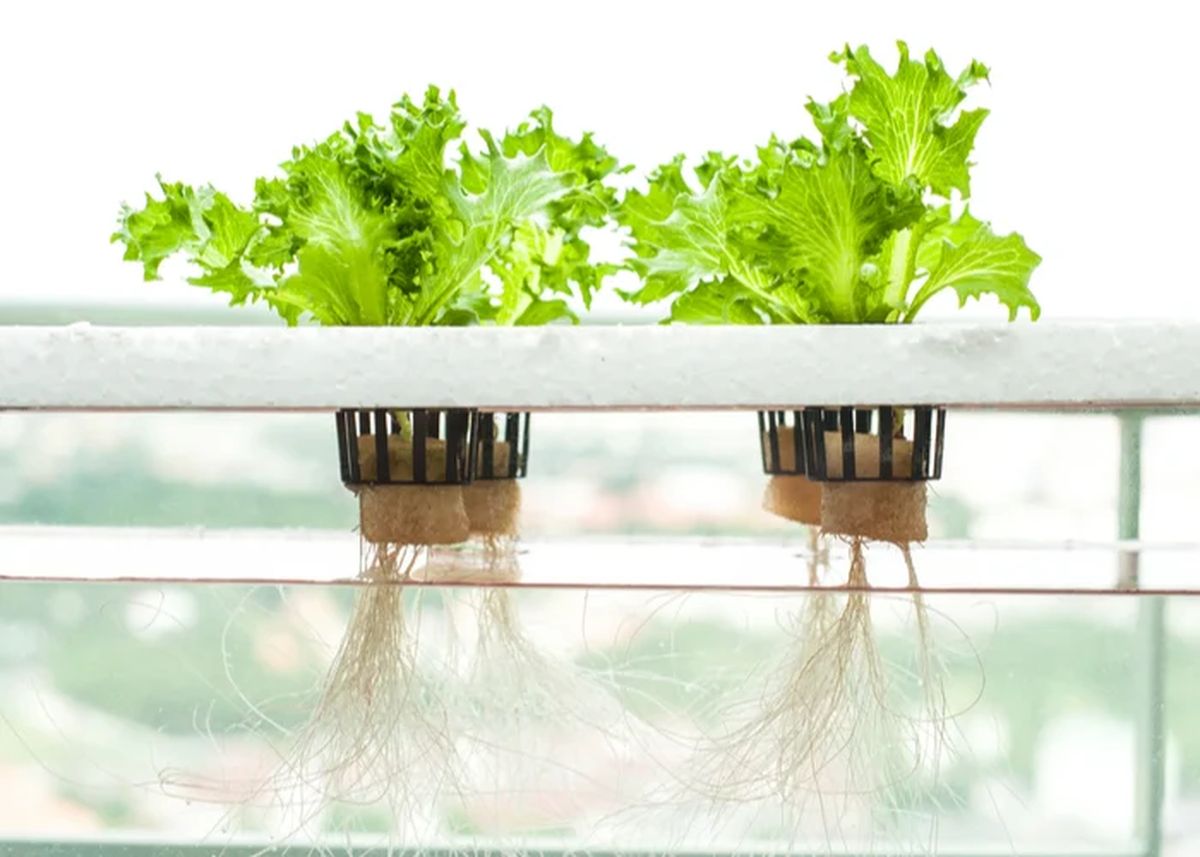
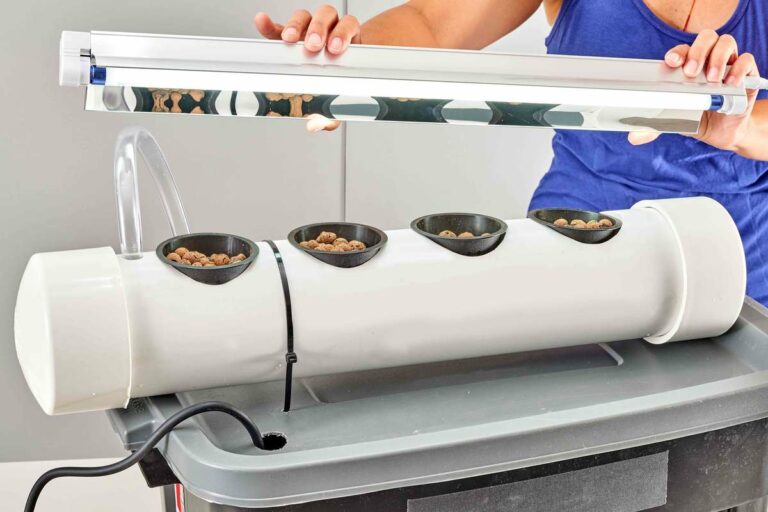
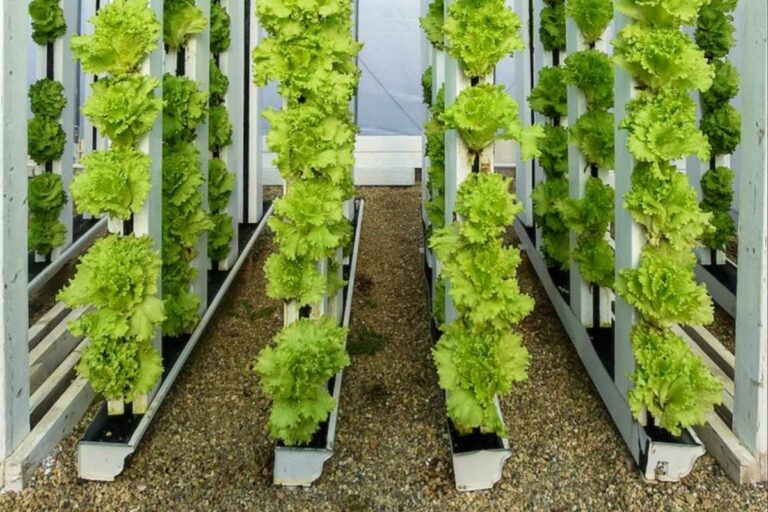
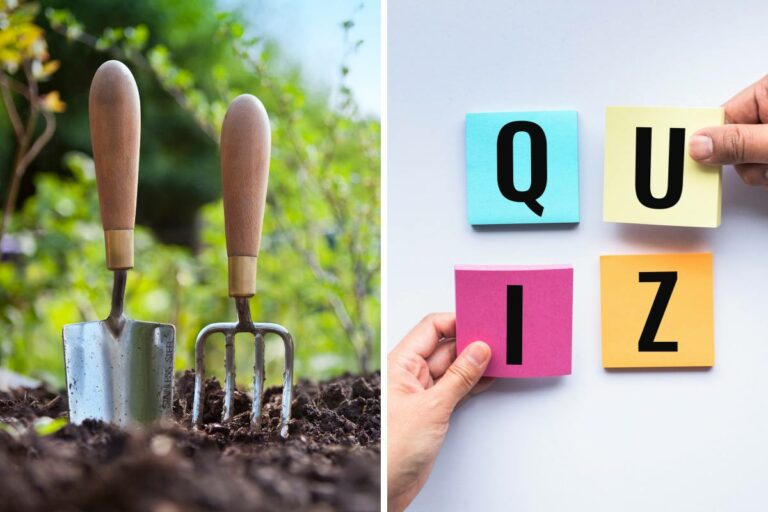
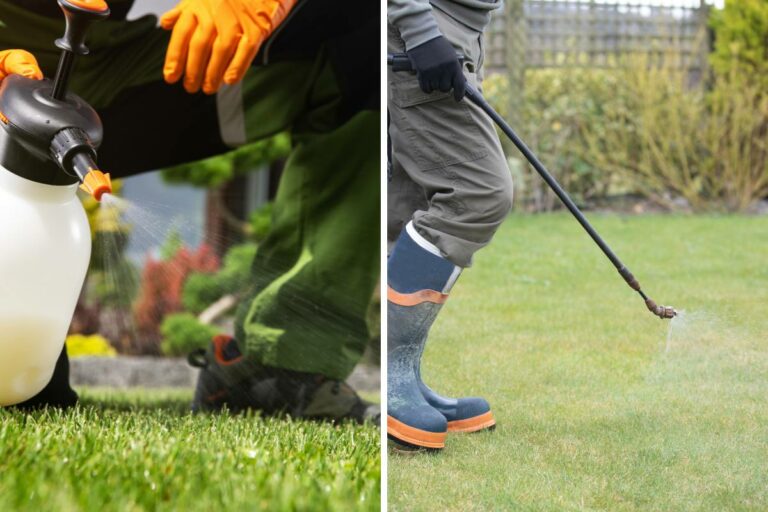
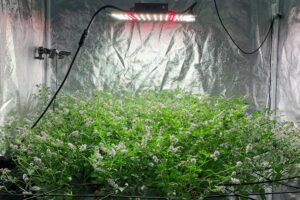
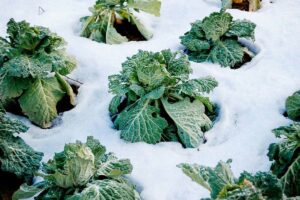

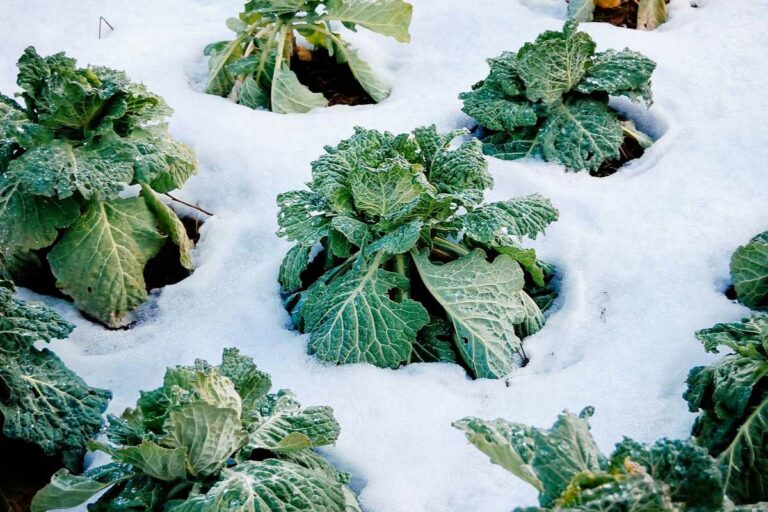
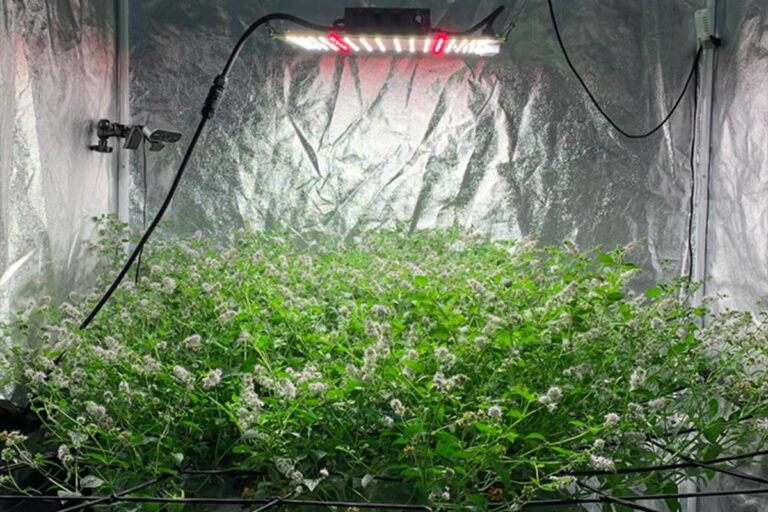

+ There are no comments
Add yours